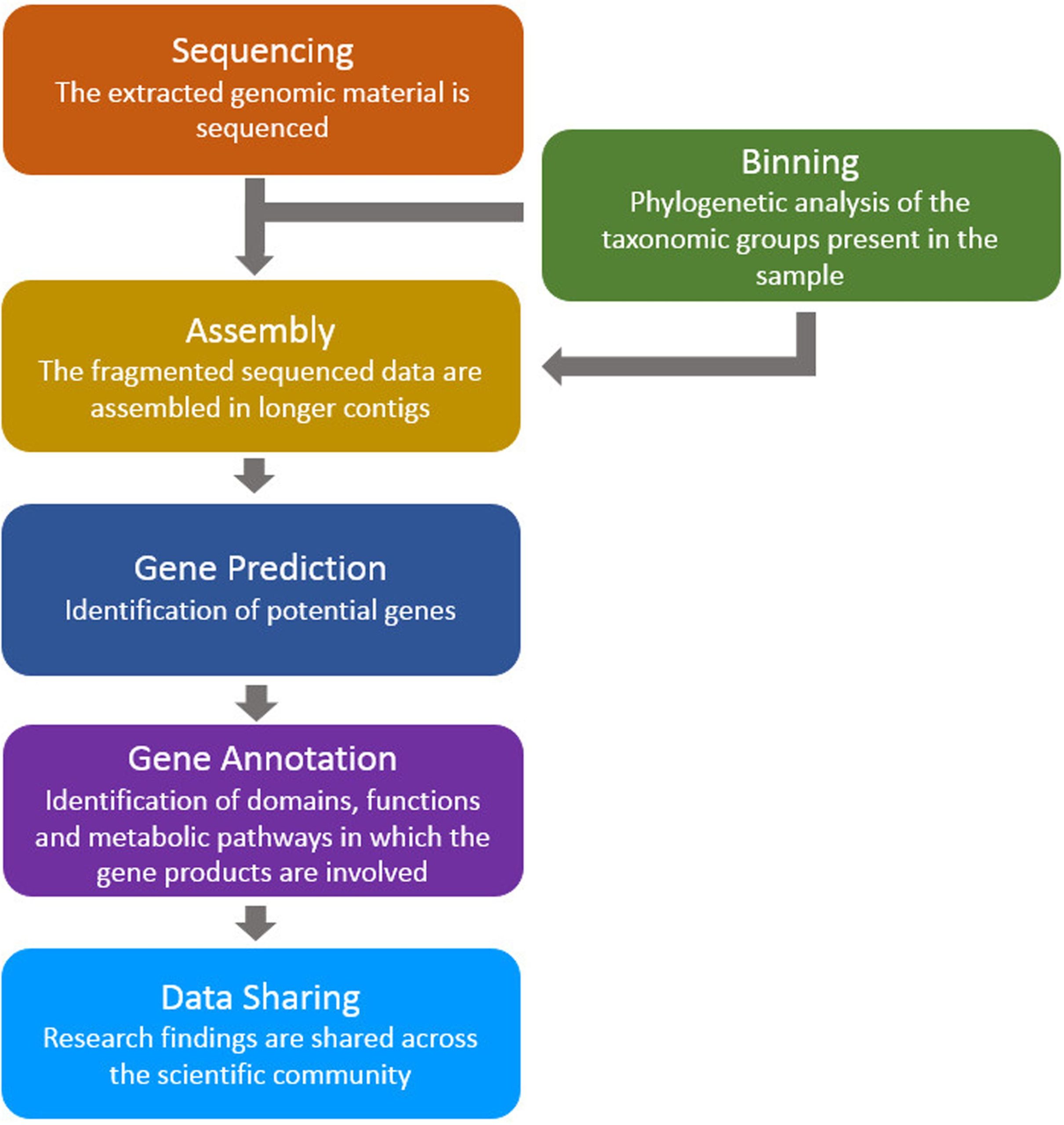Introduction
In the modern era of biological research, there’s an incredible amount of data being generated and analyzed daily. Much of this data is genomic in nature, and it holds the key to understanding everything from the genetic basis of diseases to the evolution of species. This blog post will delve into the realm where biotechnology and bioinformatics intersect, exploring how scientists leverage technology and computational tools to decode the mysteries of our DNA.
The Genomic Revolution
The sequencing of the human genome in the early 2000s marked a turning point in the field of biology. It provided a comprehensive blueprint of the human genetic code, but it also unleashed an avalanche of data that needed to be deciphered and understood. This is where biotechnology and bioinformatics came to the rescue.
The Role of Biotechnology
Biotechnology involves using living organisms or their systems to develop new products or processes. In the context of genomics, biotechnology plays a critical role in sequencing DNA, amplifying DNA samples, and even editing genes. Techniques like Polymerase Chain Reaction (PCR) and CRISPR-Cas9 have revolutionized our ability to manipulate DNA, enabling us to study specific genes and their functions.
One of the significant breakthroughs in biotechnology is next-generation sequencing (NGS), which allows us to rapidly and cost-effectively sequence entire genomes. This technology has made it feasible to sequence the genomes of various organisms, leading to a wealth of genetic data.
Understanding Bioinformatics
Bioinformatics is the field that bridges biology and computer science. It involves the development of computational tools and techniques to analyze and interpret biological data, particularly genomic data. In the era of big data, bioinformatics has become indispensable in handling and making sense of the enormous datasets generated by biotechnology.
The Bioinformatics Toolbox
Bioinformatics tools are as diverse as the data they analyze. From software for DNA sequence alignment to machine learning algorithms for predicting gene functions, these tools are essential for unlocking the secrets hidden in our DNA. One of the most critical aspects of bioinformatics is data storage and management, as genomic datasets can be massive.
Genomic Data Analysis
Once the genomic data is generated through biotechnological processes like DNA sequencing, it’s time to analyze it. Bioinformaticians use a variety of tools to make sense of this data. Here are some of the key steps in genomic data analysis:
Sequence Alignment: This process involves aligning the newly sequenced DNA fragments with a reference genome. It helps identify where specific genes and mutations are located.
Variant Calling: Identifying genetic variations, such as single nucleotide polymorphisms (SNPs) or insertions/deletions (indels), is crucial for understanding genetic diversity and disease susceptibility.
Functional Annotation: Once variants are identified, bioinformaticians work to understand their potential functional impact. Do they affect protein-coding genes? Are they located in regulatory regions? This step can provide insights into disease mechanisms.
Comparative Genomics: By comparing the genomes of different species, scientists can uncover evolutionary relationships and discover genes unique to certain organisms.
Machine Learning: In recent years, machine learning algorithms have been employed to predict gene functions, identify disease markers, and even predict potential drug candidates.
Applications of Genomic Data Analysis
The analysis of genomic data has far-reaching applications in various fields:
Personalized Medicine: Genomic data analysis can help tailor medical treatments to an individual’s genetic makeup, leading to more effective therapies with fewer side effects.
Agriculture: In agriculture, genomic data is used to breed crops and livestock with desirable traits, improving yield and resistance to diseases.
Pharmaceuticals: Drug discovery benefits from genomic data analysis, allowing researchers to identify potential drug targets and develop more targeted therapies.
Conservation Biology: Genomic analysis is vital in understanding and conserving endangered species, as it provides insights into genetic diversity and population health.
Forensics: Genomic data can be used in forensic investigations to identify individuals and establish familial relationships.
Challenges and Ethical Considerations
While the analysis of genomic data has immense potential, it also comes with challenges and ethical considerations. Issues such as data privacy, consent, and the potential for misuse of genetic information need to be carefully addressed as this field advances.
Conclusion
The marriage of biotechnology and bioinformatics has opened up a world of possibilities in genomics. It has given us the tools to explore the intricacies of life at the molecular level, from understanding the genetic basis of diseases to unraveling the mysteries of evolution. As technology continues to advance, so too will our ability to analyze and harness the power of genomic data for the betterment of humanity.
In this blog post, we’ve only scratched the surface of this fascinating field. Biotechnology and bioinformatics will undoubtedly continue to shape the future of medicine, agriculture, and beyond, offering a glimpse into a world where the secrets of life itself are within our grasp.


